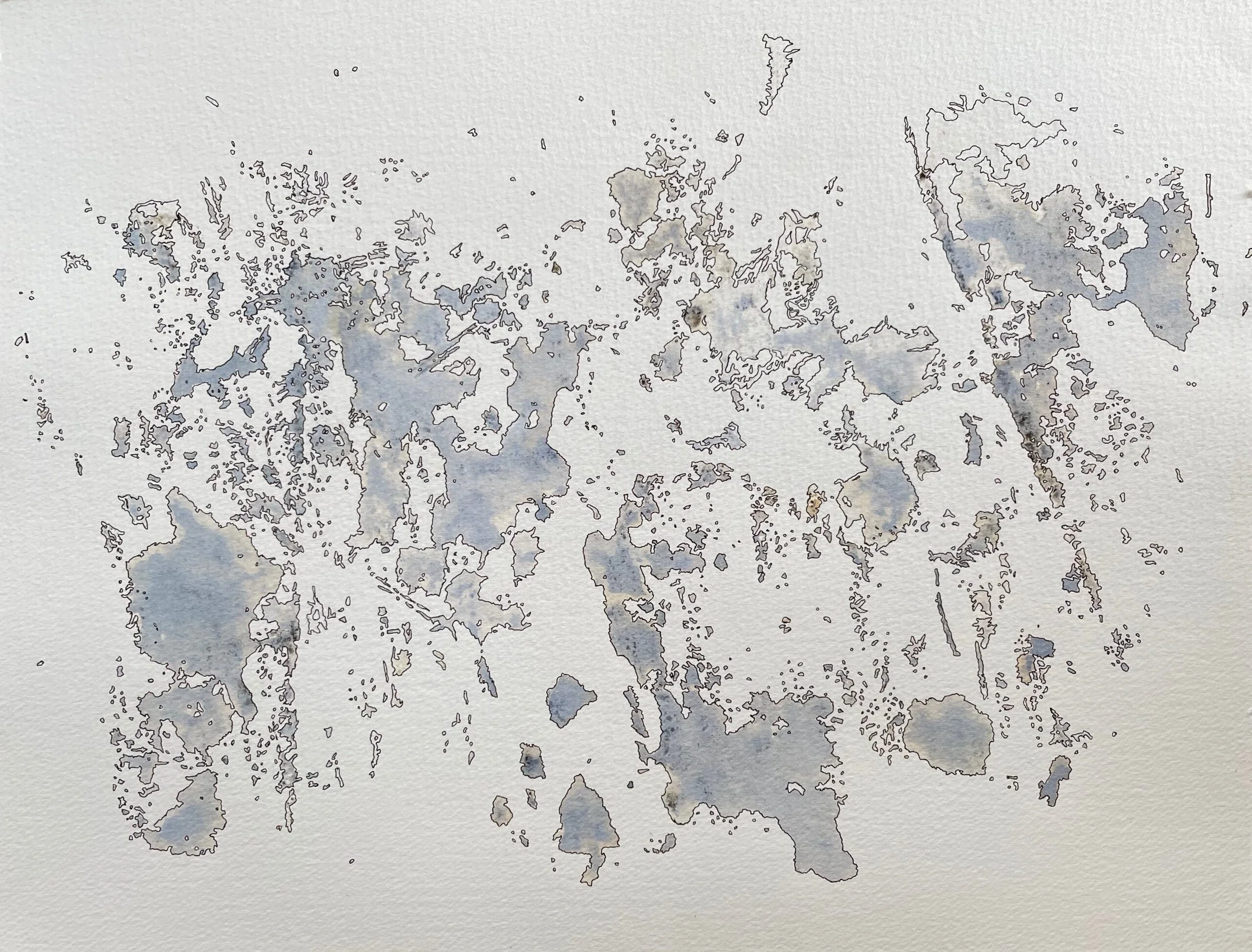EditoriaL
Issue 12
Thanks for your choosing to read Issue 12 of Livingmaps Review. As always, we have a bumper issue of mapping practices, critical articles, mapworks, interviews and reviews to share with you. We hope that you enjoy reading and engaging with them.
In Waypoints, Miriam Silverman discusses the recently launched Refugee Map from the Wiener Holocaust Library. Guiding us through the different features and functions of this archival mapping project, Miriam highlights how digital maps can be woven with visual and audio testimony to illustrate the movement-stories of refugees fleeing Nazi’s persecution in the 1930’s and 40s. The result is an evocative and emotional snapshot of the journeys made by millions during this time. Readers may also be interested in attending an upcoming event by livingmaps with the team behind the project. Please click here for more details.
Also in Waypoints is a research article by Barbara Brayshay and Drew Mackie who outline their approach to participatory mapping with a Black and minority ethnic community in the borough of Lambeth, South London. Working in collaboration with local partners, Ubele, and the Black on Track project, Barbara and Drew, who are long time practitioners of participatory mapping in London, show us how we can build on this popular community methodology by innovating with storytelling, personas, network and stakeholder mapping, and by incorporating gaming elements. Taken together this work asks us to consider how and why mapping is only one part of a wider participatory framework for addressing issues that are important to communities.
In Mapworks, Ruth Broadbent introduces us to her two projects, Groundlines and Puddle Worlds. In Groundlines, Ruth travelled an ancient chalk line from Norfolk to Weymouth taking rubbings of the ground with a pencil and paper. In Puddle Works, Ruth used the restrictions of the pandemic lockdowns to focus on puddles in her locale, where she traced the faint watermarks left on paper laid over them. Together, these artworks highlight how slowing down and focusing on the details of our environment can reveal novel perspectives on how we view the world, asking us to consider the links between the material world around us and the imaginary worlds that can be mapped from it.
Also in Mapworks, section editor Debbie Kent details how maps shared on Twitter are being used to tell the (a) story of the war in Ukraine. Like many of us, Debbie has recognised the proliferation of maps on social media being used to represent the conflict on the ground. She provides comment on how such maps are produced and verified, lists a set of resources for interested readers, and most importantly, asks a series of critical questions we could all consider when poring over these cartographies.
This issue’s Lines of Desire includes three articles. The first is a description and discussion of A Different Lens, a walking and participatory mapping project designed by Elspeth Penfold and twelve artists. With a focus on Quipu – the Quechua word for a knot – Elspeth describes a socially engaged mapping project born from the idea that lives and places are weaved together through movement and practice.
Following this is a piece by Vanessa Rolf, who uses a collection of wonderfully evocative images to illustrate a description of her project, Making Common Ground, which is about the potential for stitching maps to build communities around place. The intention here is not to produce the most accurate geographical maps, but rather to invite participants to spend time and stitch together memorable experiences with each other.
Finishing this section is an interview with Yvonne Montoya, a mother, dancer and artist, carried out by Clare Qualmann, an editor of livingmaps review. In this wide-ranging interview about Yvonne’s practice, themes of motherhood, dancing and walking are discussed in relation to two of her projects, Stories from Home and Movement Postcards. The interview highlights how each of these themes and lived experiences became entangled with each other during the months spent working and living in a time of pandemic restrictions. By the end, readers will have heard stories of the street becoming the theatre and rehearsal space, walking becoming dance, and ultimately a touching story of a mother and son working together in New Mexico.
In this issue’s Reviews section, Mark Harvey reviews and offers a critical response to the recently published Atlas de L’Anthropocène [Atlas of the Anthropocene], and Phil Cohen review’s The Cartographers by Peng Shepherd.
Finishing the issue with Point Nemo, Phil Cohen’s fictional account of Putin’s Black Sea retreat come-war room, provides a satirical take on Putin’s mapping and management strategy in Ukraine.
Since the publication of issue 11, we have published a book based on articles first appearing in this journal. The book is called New Directions in Radical Cartography: Why the Map is Never the Territory and brings together many of themes and ideas presented through the journal since its inception. If you would like a digital copy of the book, please contact me.
Mike Duggan
Editor-in-Chief
April 2022
michael.duggan@livingmaps.org.uk
